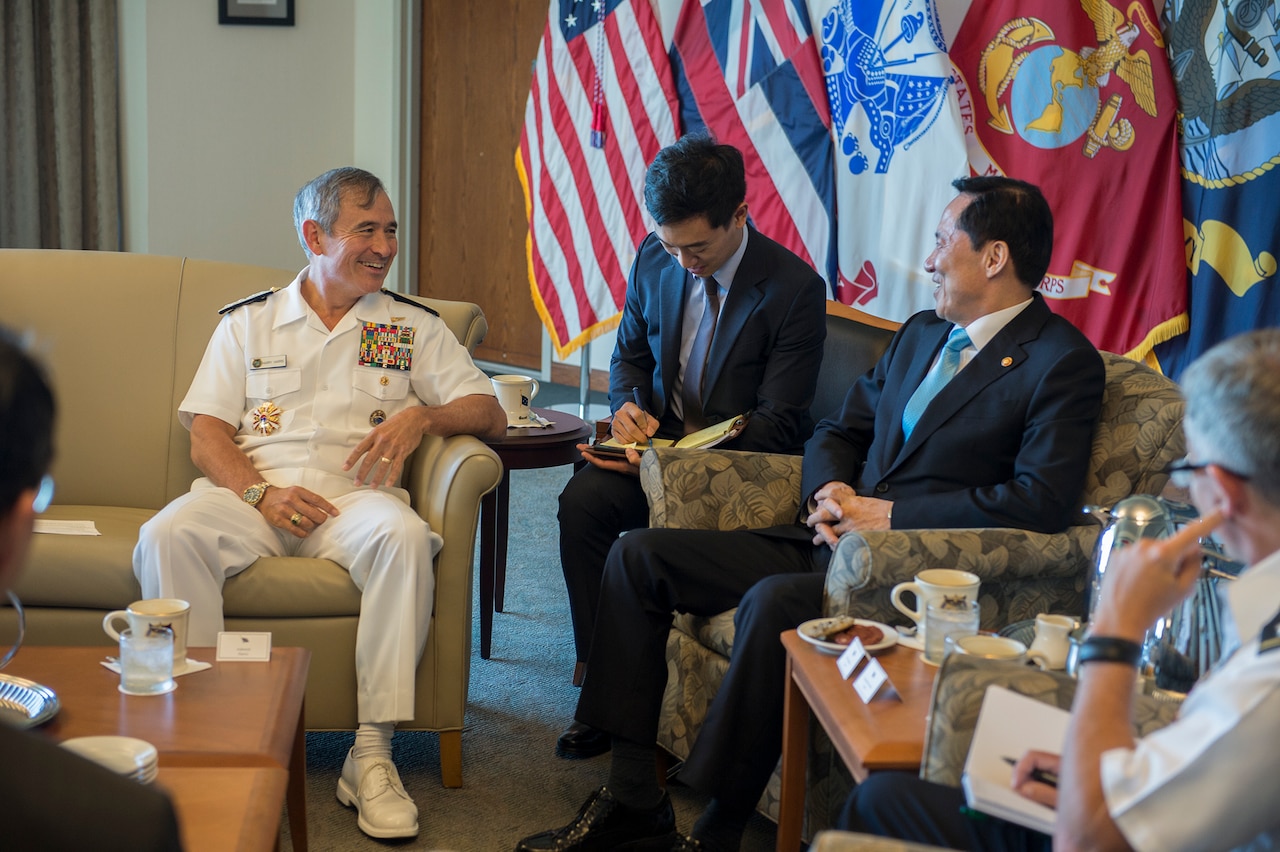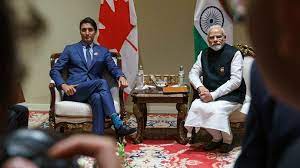Diplomatic ties between Koreas hit an all-time low, as Kim Jong-un pushes for enhanced development, including tactical nukes.
On July 20th the South Korean defense minister stated that the ongoing port visit of a U.S. nuclear-capable submarine to South Korea might satisfy the legal conditions that could prompt Pyongyang to use its nuclear arsenal.
According to North Korean defense minister Kang Sun Nam, the recent arrival of a U.S. Ohio-class submarine which can carry up to 20 Trident II ballistic missiles at Busan port seemed to rattle the north(as reported by Hong Min a researcher at Korea Institute for National Unification, Pyongyang’s reaction suggests that they perceive the actions of united states and south korea as drawing them closer to contemplating the use of nuclear weapons. This development underscores the heightened tensions and the delicate balance of stability while addressing security concerns) and may meet the conditions outlined in DPRK’s nuclear force policy law.
Last year, North Korea implemented an extensive law outlining scenarios in which the country could employ its nuclear weapons, including pre-emptive nuclear strikes against conventional attacks and if its leader feels threatened. The presence of the submarine was an undisguised and direct nuclear threat to the DPRK meaning that in the past 40 years, it is for the first time that strategic nuclear weapons have been deployed on the Korean peninsula.

In its statement on Friday Seoul strongly condemned the policy specifically highlighting its concern over the inclusion of “ preemptive strikes”. The South Korean government emphasized that it had been conducting multiple preemptive drills including launching its newest solid fuel hwasong-18 intercontinental ballistic missiles on two occasions, issuing nuclear threats not only against itself but its U.S. allies.

SEOUL AND WASHINGTON TOGETHER TO COMBAT THE NORTH AGAINST POSSIBLE NUCLEAR WARFARE
Seoul and Washington have bolstered their defense cooperation through joint military exercises and holding their first nuclear consultative group meeting on July 18 to improve their joint response to any nuclear attack.
South Korean president Yoon Suk Yeol visited the Ohio-class submarine on July 19th and issued a warning that if Pyongyang were to make any nuclear attempts against the South in retaliation to the growing U.S. military deployments over the peninsula, it would be the “Ultimate Demise of Kim Jong Un’s regime”.
The nuclear consultative framework has been established to facilitate the sharing of insights into the U.S. nuclear planning operations with South Korea. This framework involves regular bilateral exchanges to discuss U.S. crisis response plans, aiming to alleviate concerns among the South Korean republics regarding North Korea’s nuclear threat.
Both sides have agreed to respond swiftly and decisively, using the full force of their alliance, including the deployment of U.S. nuclear weapons, in the event of a nuclear attack by Pyongyang. This collaboration will result in a stronger “extended deterrence” level than the existing nuclear umbrella.
South Korean President Yoon Suk Yeol expressed appreciation for the U.S. military presence on the Korean peninsula, highlighting the deployment of the nuclear submarine and other strategic assets.
U.S. President Biden urged North Korea to engage in dialogue, while the U.S., South Korea and Japan collaborate together against China’s hegemonic behavior.
Biden commended Yoon for his political courage and unwavering dedication to diplomacy with Japan, acknowledging Yoon’s active efforts to enhance south-Korean and Japan’s relations. Yoon reaffirmed his dedication to strengthening trilateral cooperation among the three nations.












